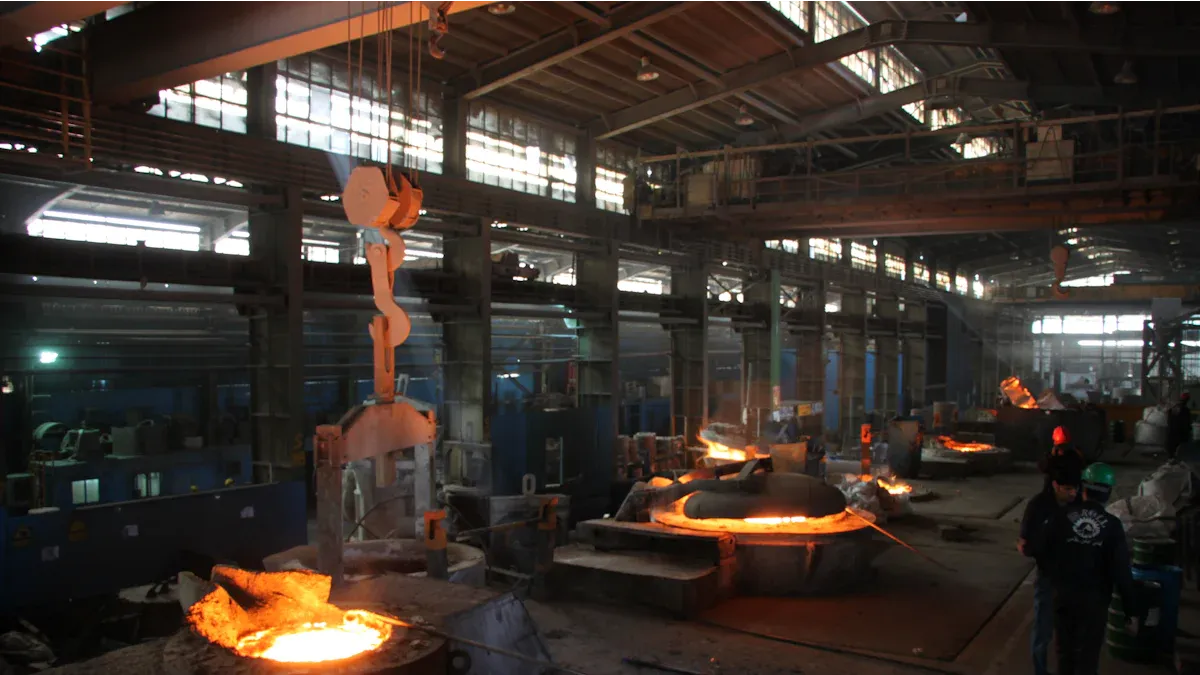Drywall, a ubiquitous material in modern construction, has revolutionized the way we build and design interior spaces. But have you ever wondered why it is called drywall? In this comprehensive blog post, we will delve into the history, composition, benefits, and the intriguing story behind the name of this essential building material.
- The Origins of Drywall:
Drywall, also known as gypsum board or plasterboard, traces its roots back to the early 20th century. Before its invention, walls were typically constructed using traditional plaster and lath techniques, which were time-consuming and labor-intensive. Seeking a more efficient alternative, the United States Gypsum Company (USG) introduced drywall to the market in 1916. - Composition and Manufacturing Process:
Drywall is primarily composed of gypsum, a naturally occurring mineral that is abundant worldwide. The manufacturing process involves grinding the gypsum into a fine powder, which is then mixed with water to form a slurry. This slurry is poured between two layers of paper, which act as facings, and then dried to create rigid panels. - The Name Drywall:
The name drywall stems from the unique characteristic of this material – it does not require wet plaster or extensive drying time like traditional wall construction methods. Instead, drywall panels can be installed quickly and efficiently, allowing for faster project completion. The term drywall thus aptly describes this innovative building material. - Advantages of Drywall:
4.1. Time and Cost Efficiency:
Drywall installation is significantly faster and more cost-effective compared to traditional plastering methods. The ease of installation translates into reduced labor costs and shorter project timelines, making it a preferred choice for construction projects of all sizes.
4.2. Versatility and Design Flexibility:
Drywall offers unparalleled versatility, allowing for various design possibilities. It can be easily cut, shaped, and molded to fit any architectural requirement, enabling the creation of unique and aesthetically pleasing interior spaces. Additionally, drywall can be painted, textured, or wallpapered to achieve the desired finish.
4.3. Fire Resistance and Safety:
Gypsum, the main component of drywall, is inherently fire-resistant. When exposed to high temperatures, it releases water vapor, effectively slowing down the spread of flames. This property makes drywall an essential element in fire-rated assemblies, enhancing the safety of buildings and providing valuable time for evacuation.
4.4. Soundproofing and Acoustic Control:
Drywall's dense composition and ability to dampen sound vibrations make it an excellent material for soundproofing and acoustic control. By incorporating additional layers or specialized acoustic drywall, unwanted noise transmission between rooms or from external sources can be significantly reduced, ensuring a peaceful and comfortable environment.
Conclusion:
Drywall has revolutionized the construction industry, offering a multitude of advantages over traditional wall construction methods. From its time and cost efficiency to its versatility, fire resistance, and acoustic control properties, drywall has become an indispensable component in modern building design. Understanding the origins of its name adds an intriguing layer to the story of this remarkable material. Embrace the possibilities of drywall and unlock the potential for innovative and efficient interior spaces.


